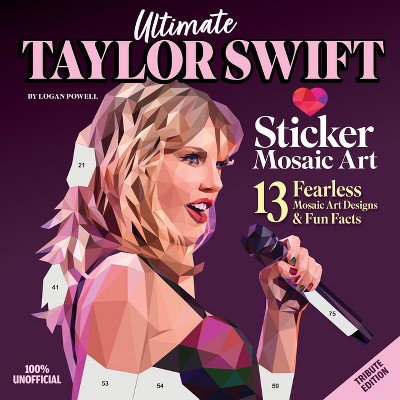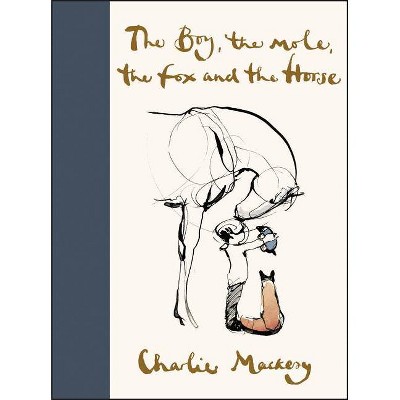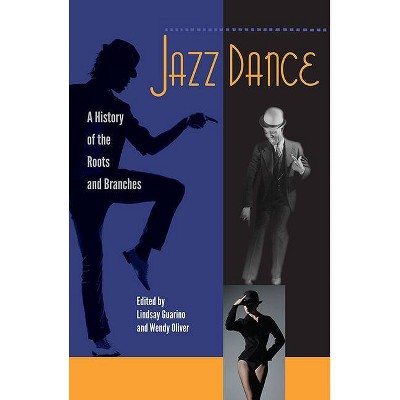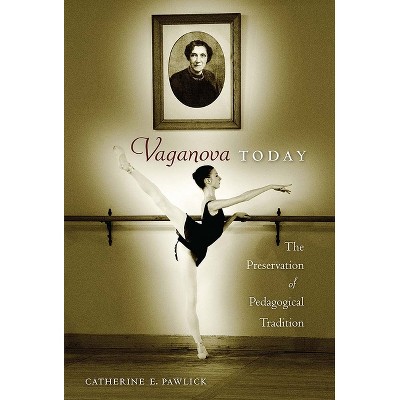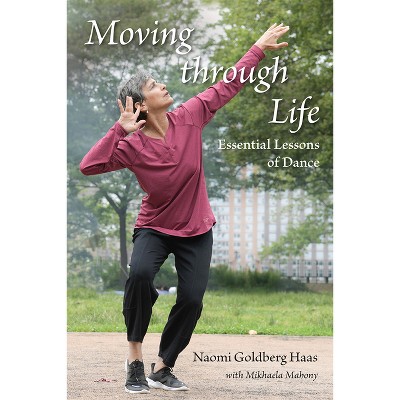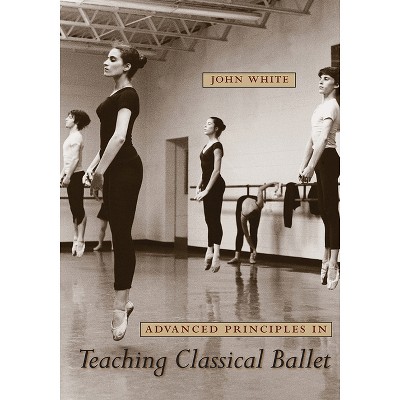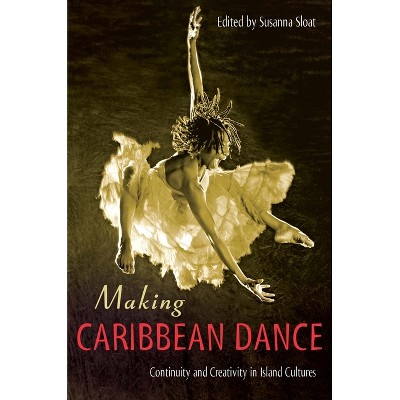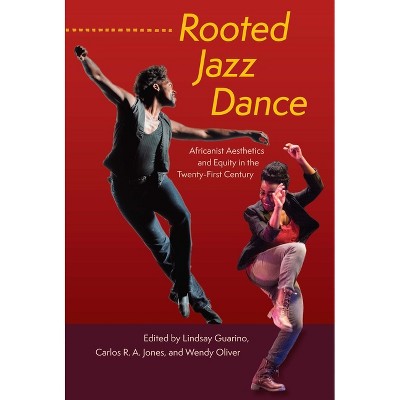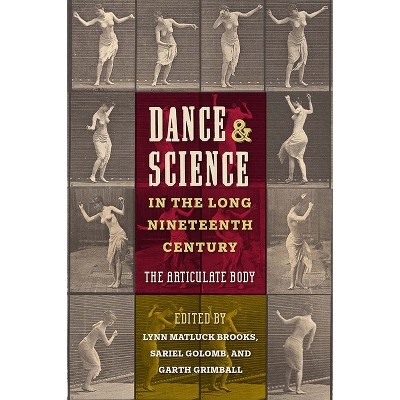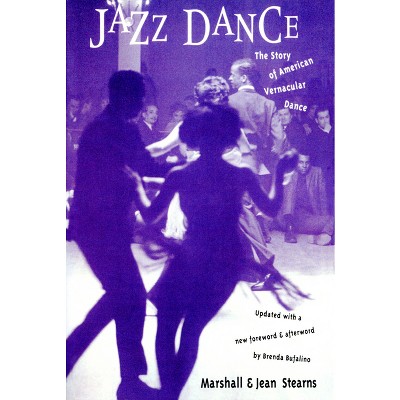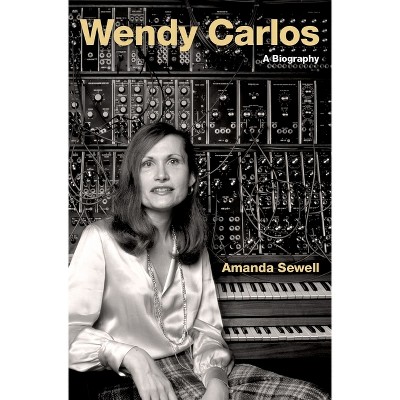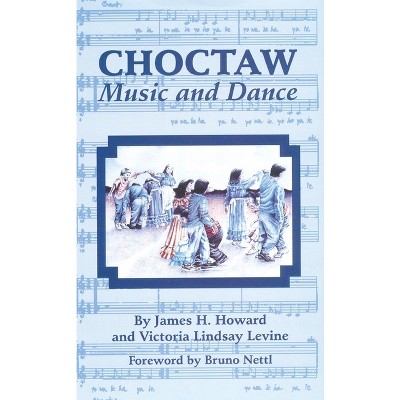Sponsored

Rooted Jazz Dance - by Lindsay Guarino & Carlos R a Jones & Wendy Oliver
In Stock
Sponsored
About this item
Highlights
- National Dance Education Organization Ruth Lovell Murray Book AwardUNCG Susan W. Stinson Book Award for Dance EducationStrategies for recovering the Africanist roots of jazz dance in teaching and practiceAn African American art form, jazz dance has an inaccurate historical narrative that often sets Euro-American aesthetics and values at the inception of the jazz dance genealogy.
- About the Author: Lindsay Guarino, associate professor of dance and chair of the Department of Music, Theater and Dance at Salve Regina University, is coeditor of Jazz Dance: A History of the Roots and Branches.
- 336 Pages
- Performing Arts, Dance
Description
About the Book
Decolonizing contemporary jazz dance practice, this book examines the state of jazz dance theory, pedagogy, and choreography in the twenty-first century, recovering and affirming the lifeblood of jazz in Africanist aesthetics and Black American culture.Book Synopsis
National Dance Education Organization Ruth Lovell Murray Book Award
UNCG Susan W. Stinson Book Award for Dance Education
Strategies for recovering the Africanist roots of jazz dance in teaching and practice
An African American art form, jazz dance has an inaccurate historical narrative that often sets Euro-American aesthetics and values at the inception of the jazz dance genealogy. The roots were systemically erased and remain widely marginalized and untaught, and the devaluation of its Africanist origins and lineage has largely gone unchallenged. Decolonizing contemporary jazz dance practice, this book examines the state of jazz dance theory, pedagogy, and choreography in the twenty-first century, recovering and affirming the lifeblood of jazz in Africanist aesthetics and Black American culture.
Rooted Jazz Dance brings together jazz dance scholars, practitioners, choreographers, and educators from across the United States and Canada with the goal of changing the course of practice in future generations. Contributors delve into the Africanist elements within jazz dance and discuss the role of Whiteness, including Eurocentric technique and ideology, in marginalizing African American vernacular dance, which has resulted in the prominence of Eurocentric jazz styles and the systemic erosion of the roots. These chapters offer strategies for teaching rooted jazz dance, examples for changing dance curricula, and artist perspectives on choreographing and performing jazz. Above all, they emphasize the importance of centering Africanist and African American principles, aesthetics, and values.
Arguing that the history of jazz dance is closely tied to the history of racism in the United States, these essays challenge a century of misappropriation and lean into difficult conversations of reparations for jazz dance. This volume overcomes a major roadblock to racial justice in the dance field by amplifying the people and culture responsible for the jazz language.
Contributors: LaTasha Barnes Lindsay Guarino Natasha Powell Carlos R.A. Jones Rubim de Toledo Kim Fuller Wendy Oliver Joanne Baker Karen Clemente Vicki Adams Willis Julie Kerr-Berry Pat Taylor Cory Bowles Melanie George Paula J Peters Patricia Cohen Brandi Coleman Kimberley Cooper Monique Marie Haley Jamie Freeman Cormack Adrienne Hawkins Karen Hubbard Lynnette Young Overby Jessie Metcalf McCullough E. Moncell Durden
Publication of this work made possible by a Sustaining the Humanities through the American Rescue Plan grant from the National Endowment for the Humanities.
Review Quotes
"A
timely cultural exploration, the book is exceedingly well written and
accessible. . . . Rooted Jazz Dance will be an invaluable resource. . .
. Highly recommended."--Choice "The
book not only vivifies the way that jazz is firmly rooted in the African
diaspora and deeply connected to the social and vernacular dances of African
Americans, it also provides paths for engagement that go beyond simple
acknowledgment of these roots. . . . [It] contextualizes our present moment
while imagining a bright and equitable future."--Dance Chronicle "Every
jazz dance scholar, dancer, choreographer, and educator should read this text.
. . . [The editors] offer a hopeful look at what the future of jazz dance can
be. They call for action--not just in words but in deeds."--Journal of
Dance Education
About the Author
Lindsay Guarino, associate professor of dance and chair of the Department of Music, Theater and Dance at Salve Regina University, is coeditor of Jazz Dance: A History of the Roots and Branches. Carlos R. A. Jones, associate dean of the School of Arts and Sciences and professor of musical theatre and dance at the State University of New York College at Buffalo, is a performer and choreographer whose works have appeared on television, film, and regional theatre. Wendy Oliver, professor of dance and chair of the Department of Theater, Dance, and Film at Providence College, is coeditor of Jazz Dance: A History of the Roots and Branches.Shipping details
Return details
Frequently bought together
